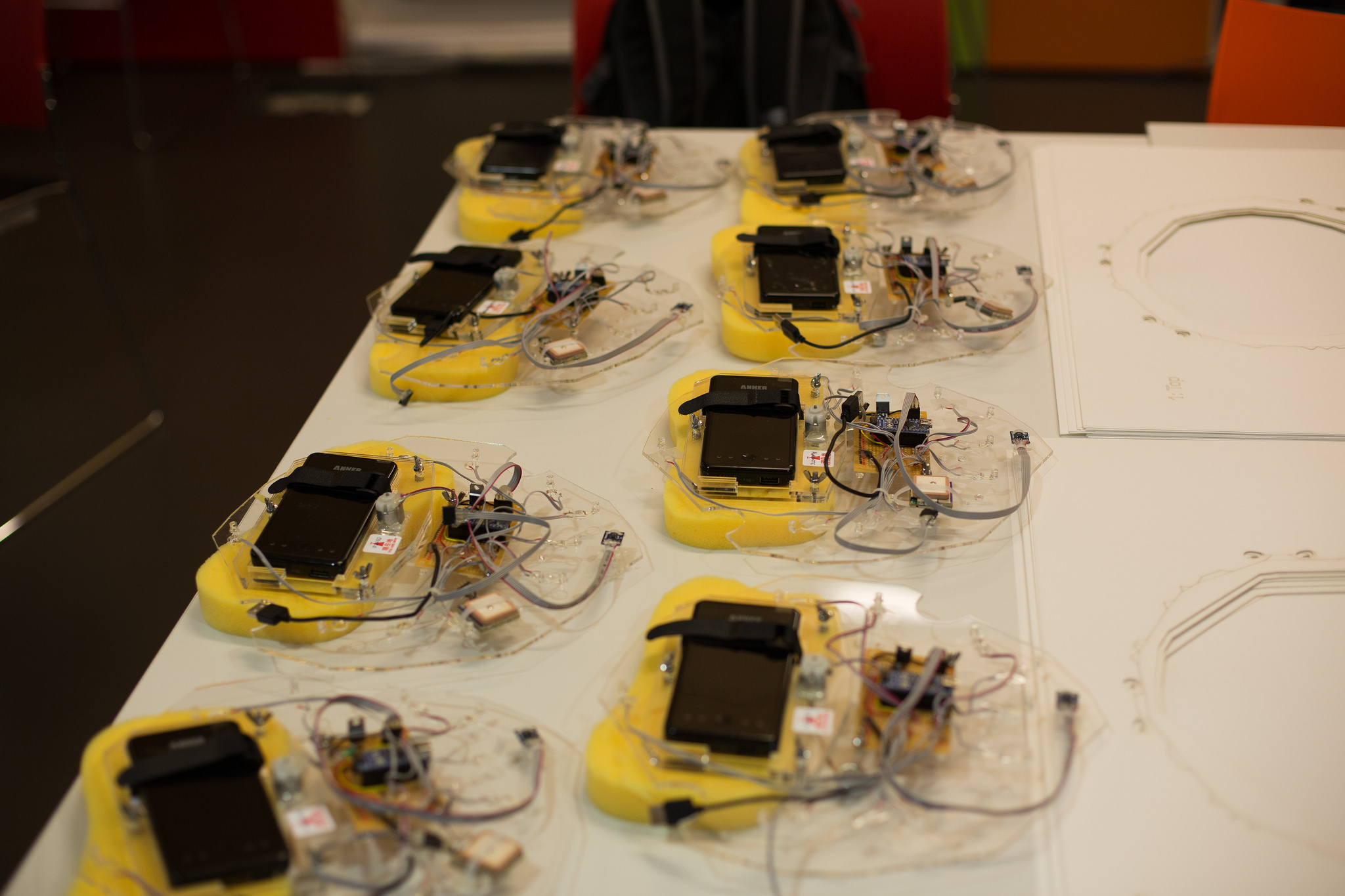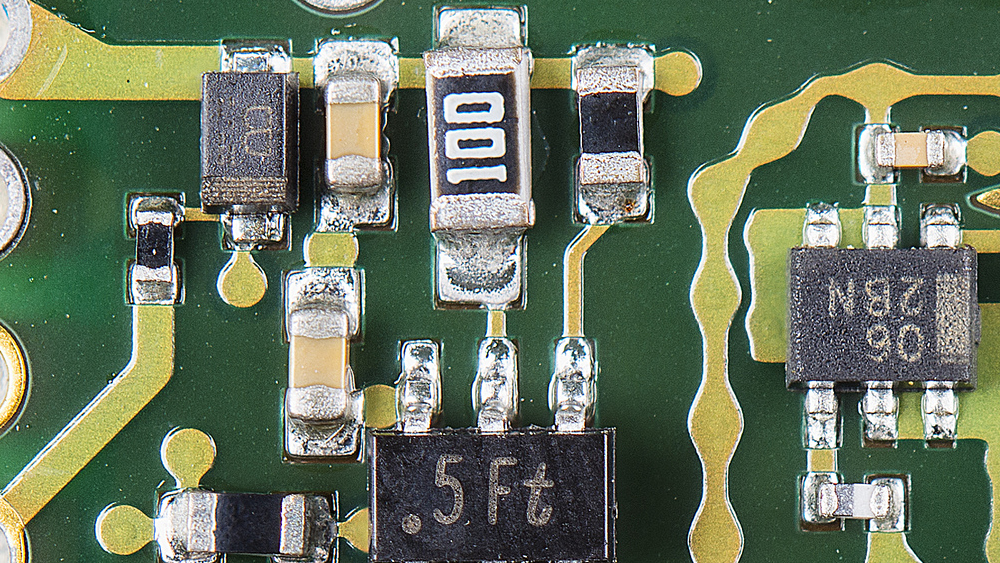What happens when you bring together human bodily intelligence and traffic rules in new ways? This became our leading question for the first ‘Becoming Sensicle’ experiment day at Lancaster University on September 28. During the six-hour workshop, we explored how we can and do move together as an interconnected more-than-human system, and what happens, if we change the rules of moving, or if we augment or diminish the ways we sense our surroundings. ![]()
![]()
![]()
![]()
![]()
![]()
![]()
First, we used elastic bands to create a material connection with each other. Travelling through the space as this elastically-joined system, we moved through, over or under, interweaving with one another, entangling ourselves, and undoing the knots we got ourselves into. We experimented with how individual and group movement feed into one another, and how our body awareness and sense of system connectedness adapts, when the rules of moving together suddenly change. What happens to a system, if one person insists on always walking backwards? We did these exercises with and without the materially grounded relating through the elastics, and one participant quickly observed how the elastics visualise that ‘we are connected anyway’.
Connecting these exercises to our questions around traffic regulation, we used cardboard boxes to alter and extend our bodies, and to affect and inhibit our senses. The idea with the cardboard was not to functionally represent existing vehicles, but to be creative with our sensorial registers in accessing the complexity of information in any given space. We experimented with leaving the comfort zones of habitual movement by inhibiting one sense to augment others, giving attention to the sensory operations happening anyway when we simply breathe or move in our homes, workspaces or outside environments including traffic situations. Our senses register and immediately filter out many stimuli, and in the workshop, limiting the visual had the most impact.
Monika Büscher experimented with moving as a drone, relating to her surroundings only through the screen on her mobile, whilst her head was inside a huge box. Mary Pearson changed her body’s alignment, by fixing her arms to her legs, and placing her head in a 1m long cardboard box attached to her shoulders. Playing with movement rules and sensing under these changed conditions, evidenced the incredible creativity of our existing bodily intelligence. If we allow ourselves to feel and let go into more of the sensorial connections we share anyway, we can also move through traffic situations in new and safer ways.
Join us to do your own exploring around improved traffic-movement flows during the ‘Mobile Utopia Experiments’ in Lancaster on November 1-2, 2017.
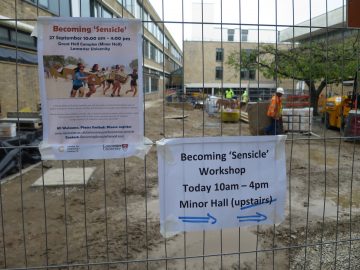
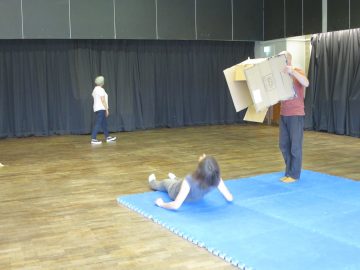
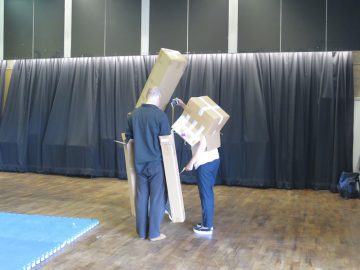
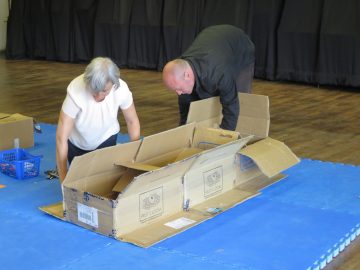
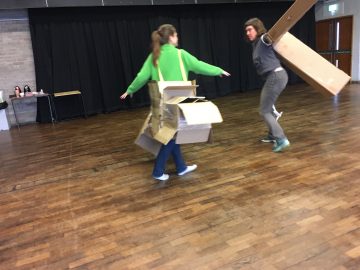
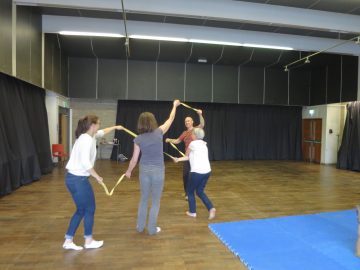
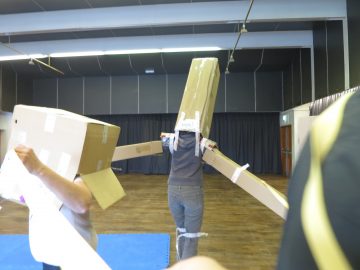
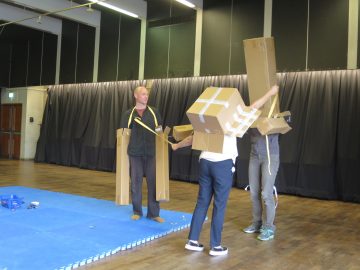
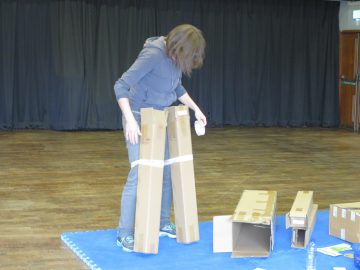
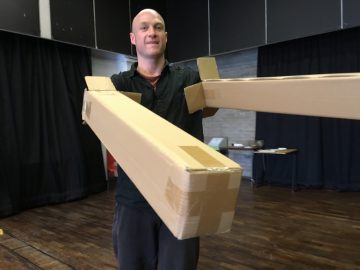
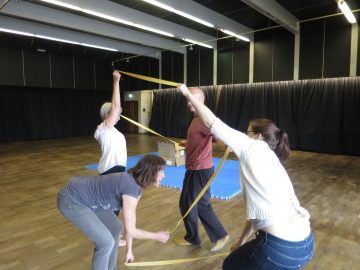
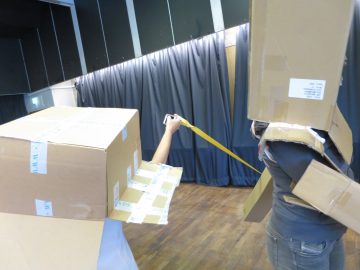
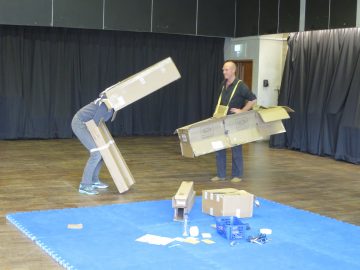
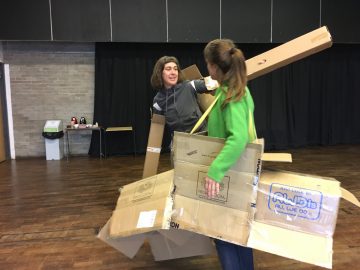
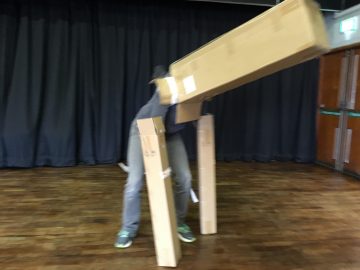
Here is a moving-sensing impression of our Experiment Day.
Join us for the big ‘Mobile Utopia’ Experiment Day on November 1-2.

